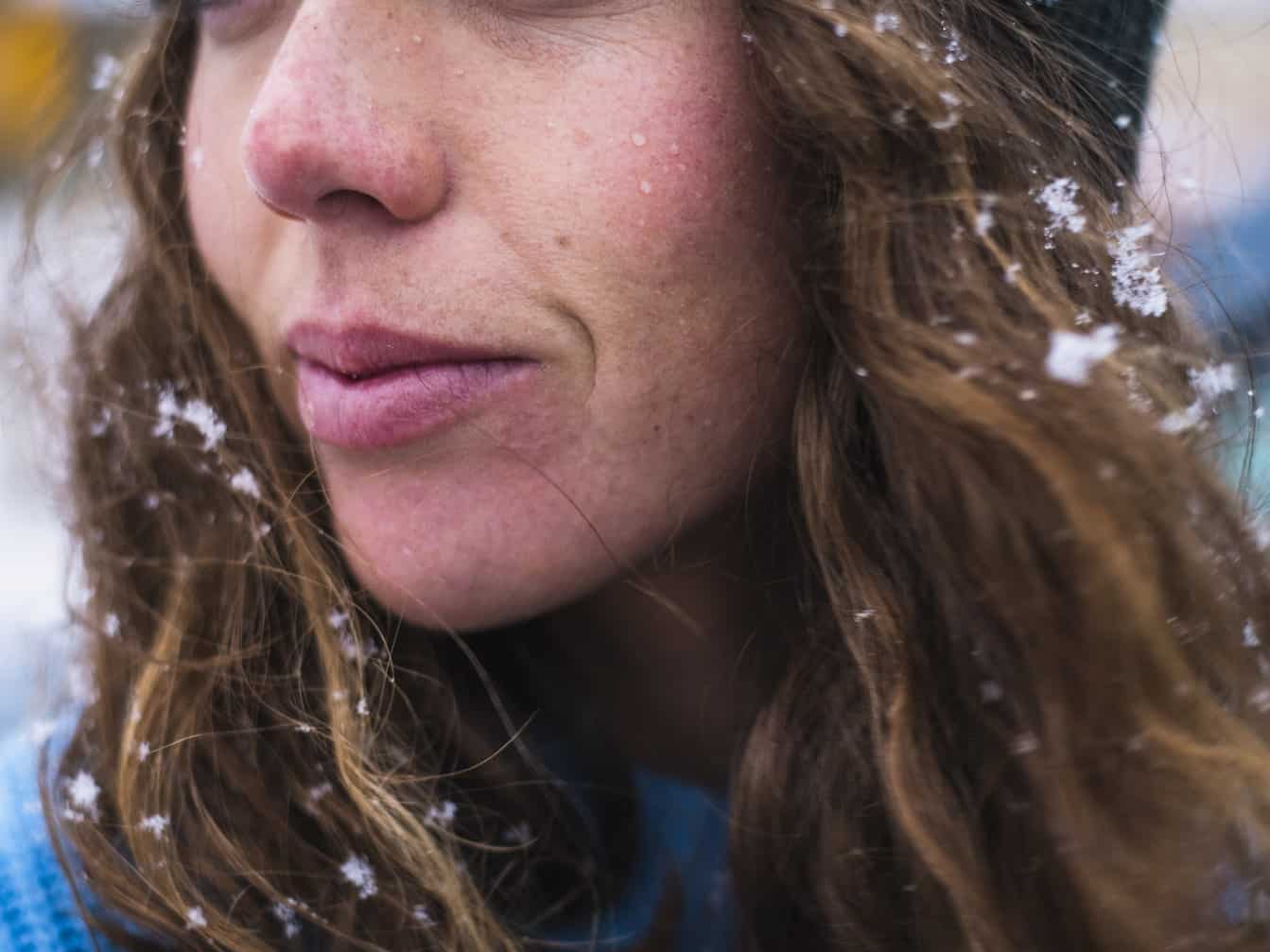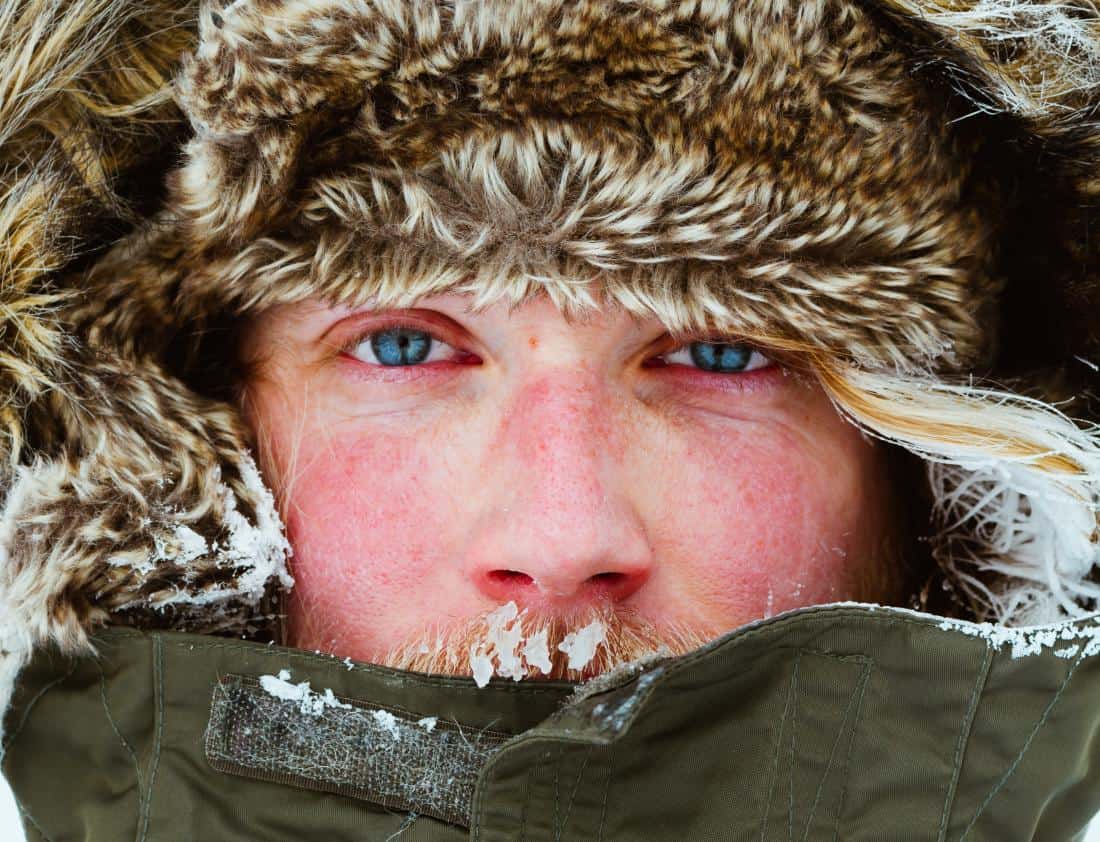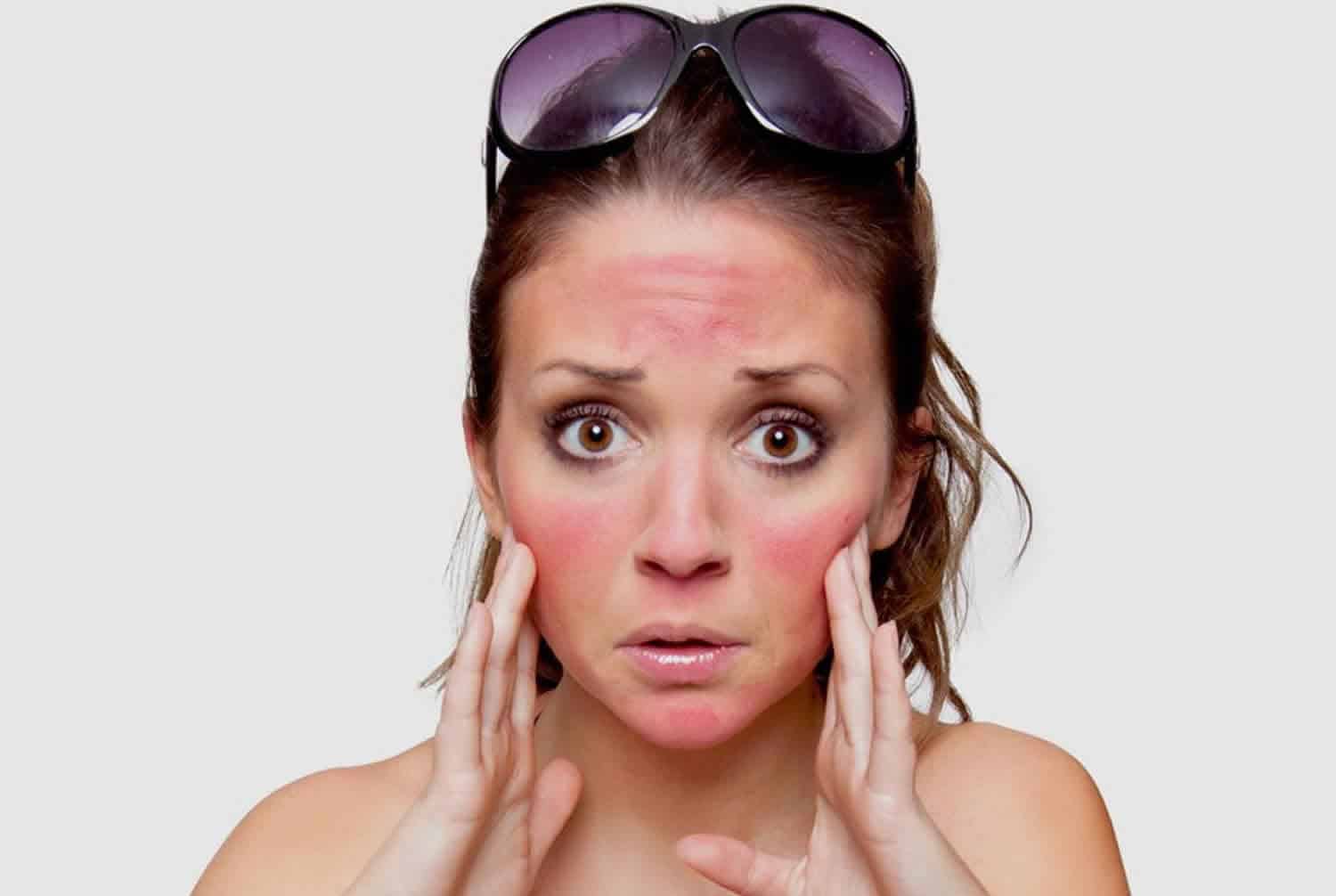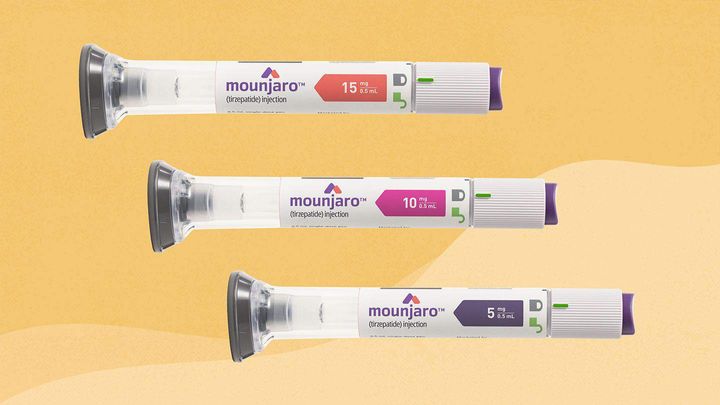What Exactly Is Windburn? Causes, Cures, and Prevention
Discover the truth about windburn in this comprehensive blog. Learn about its causes, effective remedies, and essential prevention tips to protect your skin from this often-misunderstood condition.

Upon braving the rugged outdoors, you may discern that your complexion appears ruddy, irritated, and dried, an outcome likely attributable to windburn. The relentless forces of nature can be unforgiving to your skin, sapping it of vital oils and inciting redness and irritation.
The skin's outermost stratum, the epidermis, is teeming with lipids, which serve as a formidable shield, preserving your skin's hydration and well-being. Regrettably, a host of factors can undermine the integrity of this superficial layer, including turbulent gusts, frigid temperatures, and excessive solar exposure.
In the unfortunate event that the wind leaves its searing imprint upon your skin, what course of action should you take? Herein, we present an array of dermatologist-endorsed best practices to circumvent and recuperate from the perils of windburn.
What is Windburn?
Red, irritated skin caused by exposure to wind is a classic symptom of windburn. It manifests itself when skin is subjected to high winds in conjunction with cold temperatures, low humidity, and occasionally sunshine.
The skin can be harmed in numerous ways by high winds.
- Removes the skin's natural oils, making it less able to retain moisture
- Skin becomes dry and dehydrated
- increasing skin blood vessel dilation
Windburn Vs Sunburn
Is it more painful to get windburn than sunburn? Although it is not necessarily worse, it might cause comparable signs and symptoms.
A sunburn can cause permanent harm, although a windburn is usually only uncomfortable briefly.
Excessive exposure to ultraviolet radiation from the sun causes the skin to become red, irritated, swollen, and blistered; this is known as a sunburn. Repeated sunburns, of course, can raise the probability of acquiring skin cancer.
Skiing on a chilly, bright day, for example, can cause both skin problems to manifest simultaneously, as can any other outdoor activity with exposure to wind and sunlight. In addition, sunburns can occur even when clouds are present, so be careful.
In addition, being irritated and damaged by the wind makes the skin more vulnerable to sunburns. Therefore getting scorched by the wind can make sunburn worse.
Can you explain the distinction between these two kinds of burns? Per one dermatologist, as quoted in the Self magazine: "While sunburned skin feels hot and swollen, windburned skin feels prickly and chafed."

Symptoms and Causes
Skin damage from windburn can include:
- Redness
- Dryness
- Rough, scaly, and peeling
- Itchiness
- Sensitivity and a burning sensation
Windburn typically affects the face, particularly the central region of the face and the protruding features (such as the nose and the cheeks) that are more exposed to the wind. It's not limited to the face; the breast and the forehead are also vulnerable.
If you have sensitive skin and already burn easily in the sun, you are more likely to develop evident or severe windburn symptoms.

What causes windburn?
Working out in the winter outside, or doing any activity outdoors in the wind, might result in windburn. Possible windburn causes are:
- Skiing and snowboarding
- Running outdoors
- Cycling/biking outside
- Motorcycling
- Using a quad on the snow
- Boating or jet skiing
Since skiing requires spending significant time in the cold outdoors while also encountering wind resistance, it is likely one of the most prevalent activities that leads to windburn. Windburn is particularly common during activities where you are moving quickly and hence experiencing greater wind resistance against your face.
How to treat?
The goal of treating windburn is to reduce irritation and restore moisture loss in the skin.
How long does it take for windburn to heal?
Most people will feel better after a few days, assuming there are no serious skin damage.

Here are some suggestions for relieving the symptoms of windburn and speeding up the skin's recovery:
Use Natural and Gentle Products to Moisturize Your Skin
Probably the most crucial step is to always apply a moisturizer to dry skin to help it stay hydrated. When it's chilly outside and you're going outside, choose more robust, moisturizing skin care products with elements like ceramides, which assist the skin's natural oils refill.
Some of the greatest components to look for in a moisturizer to help prevent windburn include:
- Humectants that attract water into your skin include glycerin and hyaluronic acid.
- Aloe vera, oatmeal, and cucumber slices placed around the eyes will all help to ease inflammation.
- creams that are thicker and contain shea butter or cocoa butter
- Applying petroleum jelly over lighter substances to provide a barrier of protection for the skin is known as petrolatum.
Try using a little hydrocortisone to assist reduce inflammation, itching, and redness if you've been using the aforementioned treatments for a few days but haven't seen any benefits.
Find a cream that has 1% hydrocortisone, then use it twice daily for a few days. It is recommended to call your doctor if you still don't see any changes, particularly if you have sensitive skin in general and are also dealing with another condition that makes your skin red or dry, such as dermatitis, rosacea, or eczema.
Avoid Irritating and Dry Skin Care Products
The last thing you want to do if your skin is already dry and irritated is make things worse by adding harsh substances to it. These could exacerbate your skin's dryness and slow the healing process.
Use no makeup or skin care items that contain:
- Alcohol
- Fragrances
- Exfoliants (including benzoyl peroxide, PHAs, AHAs, and face acids like salicylic acid, until the burn subsides – all of these can be helpful once your skin is in good health, but they can be too taxing for sensitive skin or damaged skin)
- Microdermabrasion or chemical peels
- Retinol/retinoids (similar to facial acids, save these for skin that has recovered from any burns)
Avoid Scratching or Peeling Dry Skin
Keep your skin moisturized and clean until it heals, and afterward, refrain from touching it.
Avoid picking or peeling the skin, rushing the procedure, or attempting to use scrubs on very dry or peeled skin. Instead, let your skin heal independently, preventing scarring, scabbing, bleeding, discoloration, or hyperpigmentation.
Apply antioxidant serum, such as vitamin C, to your skin after it has largely healed will aid in skin restoration and prevent discoloration.
Remember to protect your lips
Additionally, exposure to the wind and sun can cause your lips to become chapped, irritated, and dry. Therefore, apply a chapstick or lip balm before going outside, preferably with a mineral SPF/zinc oxide and ingredients like beeswax and cocoa butter. Then, reapply every hour to avoid dry lips and cold sores.
How to prevent windburn?
To avoid windburn, preserving and safeguarding your skin's hydration levels pre and post-exposure to the sun and wind is paramount.
Outlined below are several recommendations to avert windburn, as well as other forms of dermal impairment and discomfort:
- Before venturing into frigid, windy conditions, administer a nourishing moisturizer.
- In extreme wind or cold, shield your skin using a scarf, a fabric ski or face mask, or protective eyewear.
- Restrict sun exposure and don sunglasses and SPF to thwart sunburn occurrences.
- Employ a humidifier to maintain skin hydration, counteracting the arid indoor atmosphere contributing to moisture loss.
- Imbibe ample water to hydrate your skin from within.
- Refrain from excessive skin cleansing and regulate shower temperature to avert dehydration and moisture depletion.
- Nightly, cleanse your visage of cosmetics and makeup, as these products can potentially exacerbate skin irritation and inflammation.

Conclusion
Windburn represents a dermatological affliction resulting from detrimental effects on the skin's outermost stratum, known as the epidermis. Ordinarily, the epidermis functions as a defensive shield for the skin; however, excessive wind exposure can deprive it of essential oils, cause blood vessel dilation, and subsequently lead to desiccation and inflammation. The principal culprit behind this condition is engaging in outdoor activities amidst wind, cold, and sun, such as skiing, motorcycling, and running.
To remedy and avert windburn, consider employing soothing moisturizers that maintain hydration, protecting your skin with suitable garments before venturing outdoors, utilizing chapstick and sun protection factor (SPF), donning goggles, and steering clear of products that may incite irritation.




